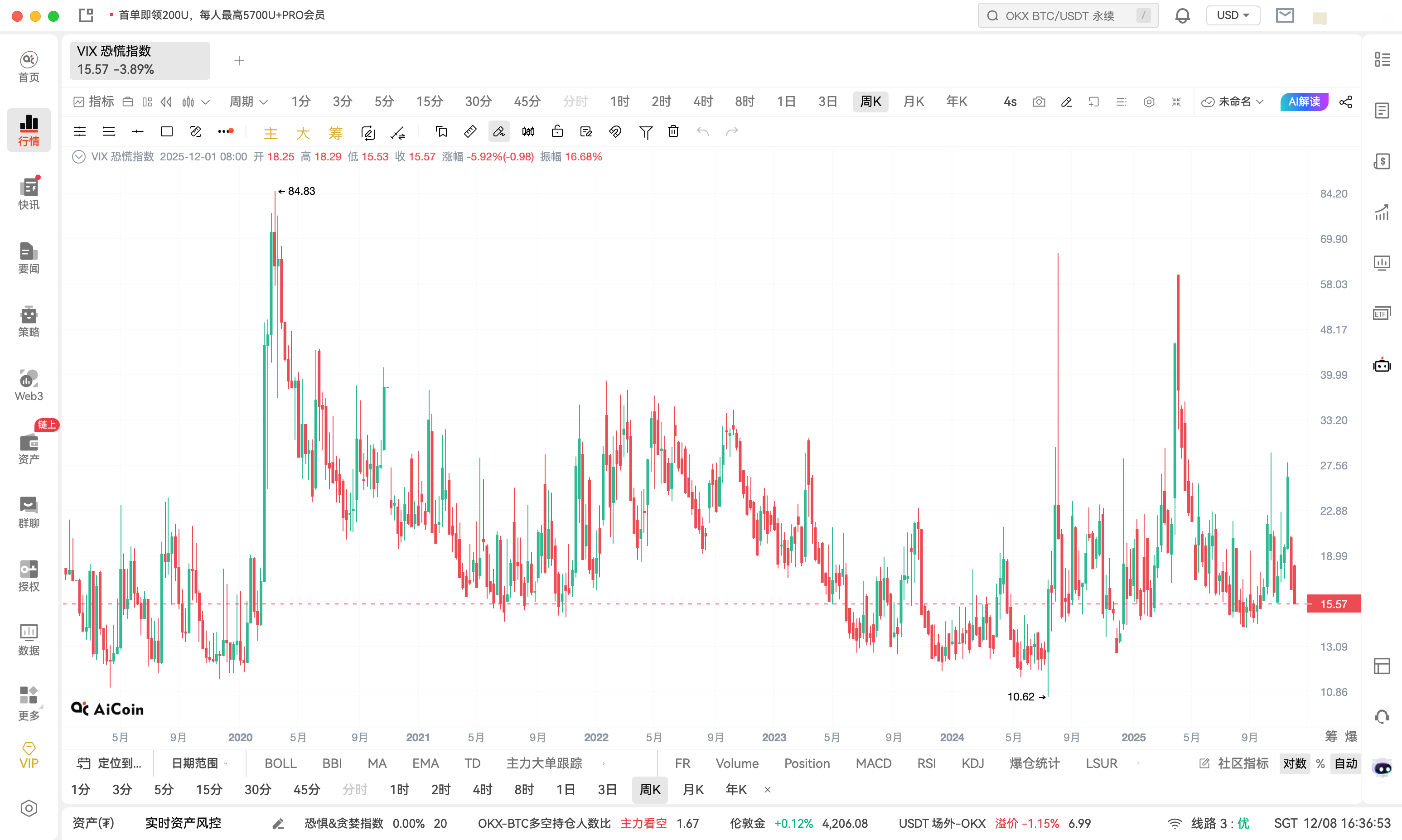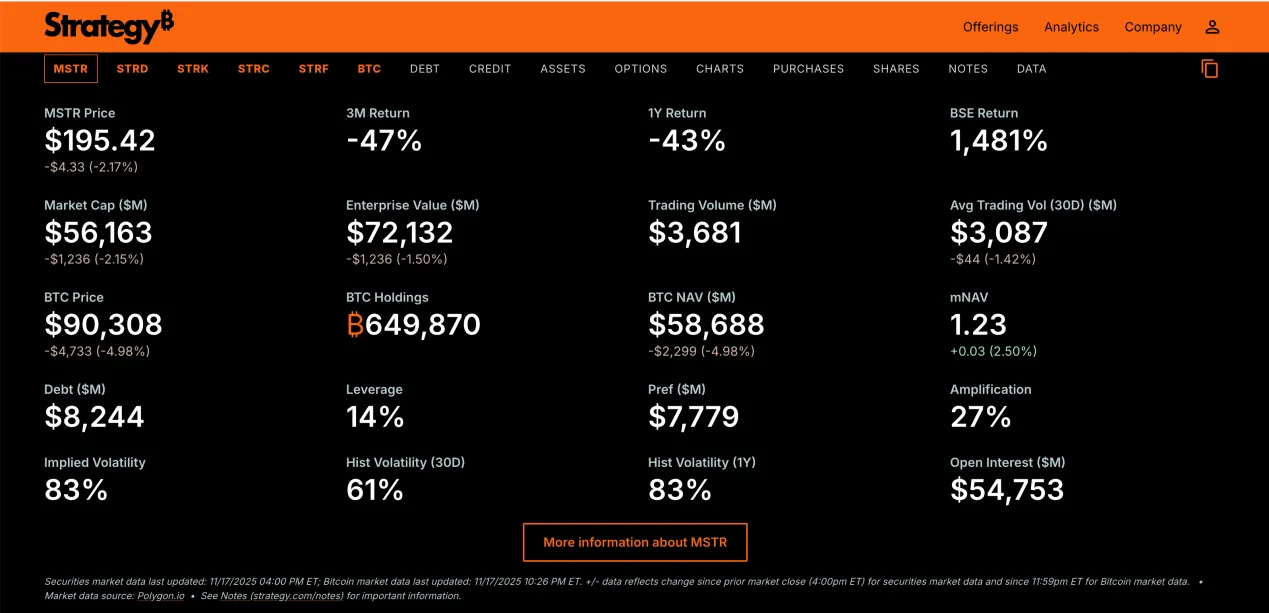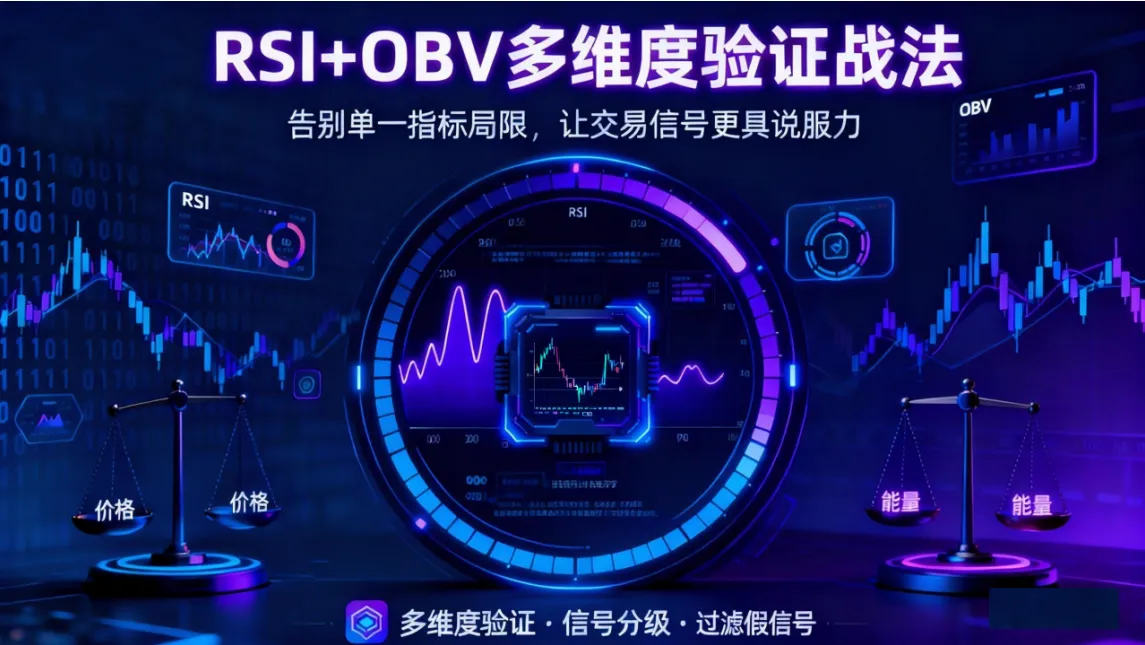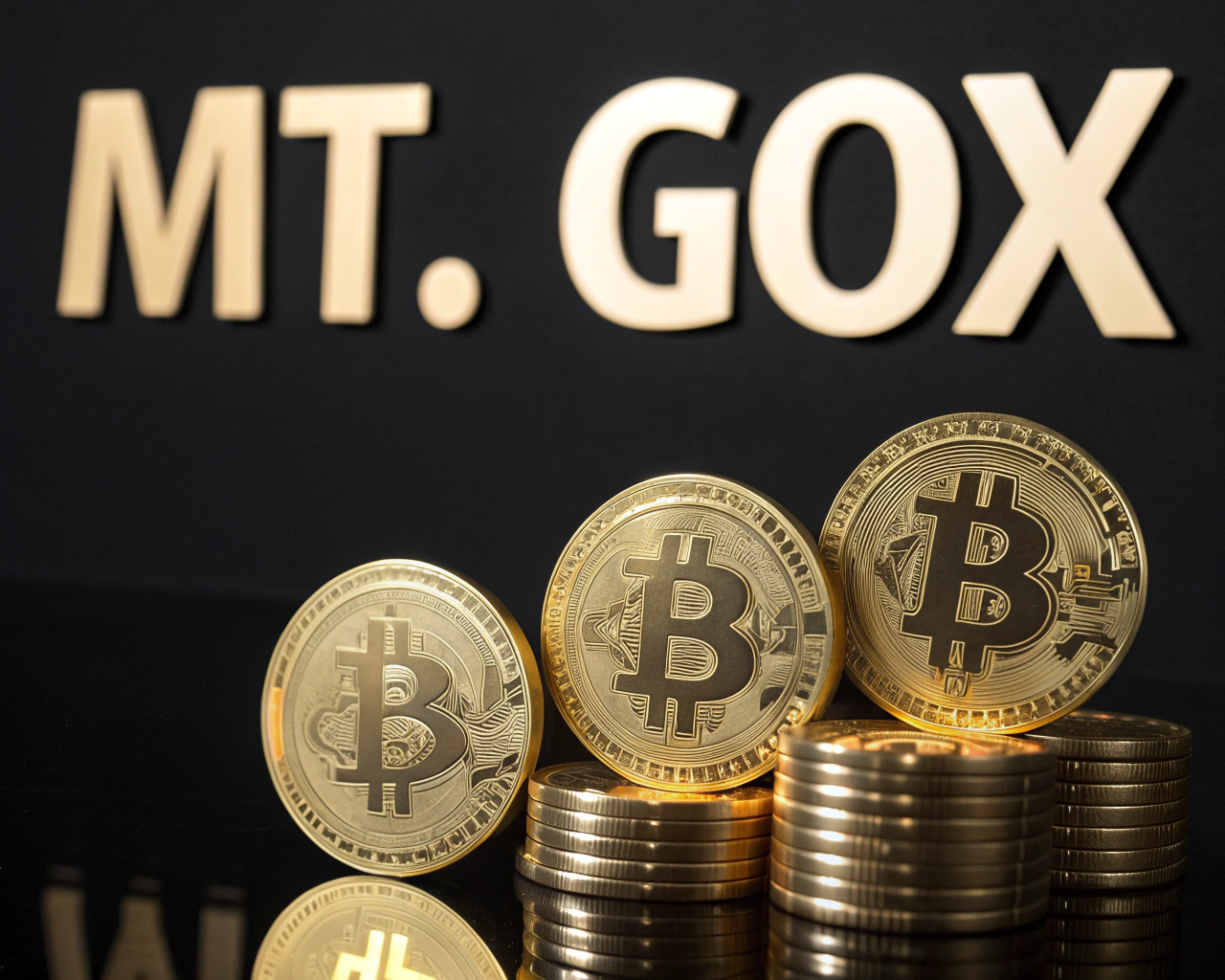Introduction
Many users enter DeFi, excited by the high APY (Annual Percentage Yield) of liquidity mining, and invest their funds. However, after a few months, not only do they fail to make a profit, but their principal has also shrunk.
Why isn't your liquidity staking profitable? Today, we will thoroughly analyze the real reasons why LPs are not making money from five perspectives: Impermanent Loss, Fee Income, Token Depreciation, Liquidity Pool Structure, and Market Manipulation, and provide solutions.
- Impermanent Loss: The Biggest Enemy of LPs
What is Impermanent Loss?
When you provide liquidity to an AMM (Automated Market Maker), your funds are deposited in a 50/50 ratio of two tokens (e.g., ETH/USDC). If the price of one of the tokens fluctuates dramatically, the value of your asset portfolio will be lower than simply holding these two tokens, which is called Impermanent Loss.
AMM Calculation Rule (X*Y=k)
Suppose you originally have one Ethereum priced at 2000 USDC and ETH rises to 4000 USDC
If you do not provide liquidity and simply hold:
Your 1 ETH is now worth 4000 USDC, plus the original 1000 USDC.
Total value = 4000 + 1000 = 5000 USDC.
But as an LP, the pool will automatically adjust the price:
According to the rule
ETH × USDC = 1000, and the new price requiresUSDC/ETH = 4000, so:You get a system of equations X*Y=1000, Y/X=4000
New ETH amount =
√(100 / 400) = 0.5 ETHNew USDC amount =
√(100 × 400) = 200 USDC
Your liquidity is now worth: 0.5 ETH × 400 + 200 USDC = 400 USDC.
Case Calculation
You deposit 1 ETH (2000) + 2000 USDC (total value 2000) + 2000 USDC (total value 4000).
If ETH rises to 4000, your pool will automatically adjust, potentially becoming 0.707 ETH + 2828 USDC ≈ 5656.
(According to the AMM automated market-making algorithm. 4000 ≈ 2828/0.7)
But if you simply hold 1 ETH + 2000 USDC, your total value is $6000.
Impermanent Loss = 6000−6000−5656 = $344 (approximately 5.7%)
Conclusion: The greater the price fluctuation, the more severe the impermanent loss, which can even consume all fee income.
- Low Fee Income: The Real Income of LPs is Overestimated
Many DeFi projects promote “super high APY”, but the actual income may be far below expectations, due to reasons including:
(1) Insufficient Trading Volume
If the trading volume of the liquidity pool is low, the fee income will also be very low.
For example, a pool with a TVL (Total Value Locked) of 10M, if the daily trading volume is only 1M, the fee (0.3%) would be only $3000 per day, which is negligible when distributed among all LPs.
(2) Token Reward Depreciation
Many projects incentivize LPs with governance tokens (like UNI, CAKE), but these tokens may continue to decline in value.
For example, a pool shows an APY of 100%, but 80% of it is project tokens. If the token price halves, the actual yield may only be 20%.
- Token Depreciation: The Risk of Principal Shrinkage for LPs
(1) The Staked Token Itself Declines
If you provide liquidity for ETH/BTC, but ETH plummets by 50%, even if the fee income is good, your principal will still shrink significantly.
LP ≠ HODL (Hold for the Long Term), during market downturns, LPs may lose more than simply holding.
(2) High Risk of Junk Coin Liquidity Pools
Many new projects attract LPs with high APYs, but the tokens may go to zero (like MEME coins, shitcoins).
For example, a pool for a “Dogecoin clone” shows an APY of 1000%, but the token drops 90% in a week, leaving LPs with nothing.
- Liquidity Pool Structure Issues: CLMM vs. Traditional AMM
(1) Traditional AMM (like Uniswap V2)
Funds are evenly distributed across all price ranges, leading to higher impermanent loss.
Suitable for stablecoin pairs (like USDC/USDT), but not for high-volatility assets.
(2) Concentrated Liquidity AMM (CLMM, like Uniswap V3)
LPs can customize price ranges (e.g., providing liquidity for ETH between 1800−2200).
Risk: If the price exceeds the range, LP funds will convert to a single asset, potentially missing out on gains or suffering larger losses.
Case:
- You provide ETH liquidity between 1800−2200, but if ETH rises to $2500, your funds will all convert to USDC, missing out on the gains.
- Market Manipulation: "Scientists" Targeting LPs
(1) Sandwich Attack
Bots detect your large transaction, buy in first to push up the price, forcing you to transact at a higher price, and then immediately sell for profit.
Result: Your transaction slippage increases, and LP income is siphoned off by bots.
(2) Liquidity Drain
- Large funds suddenly withdraw liquidity, leading to insufficient pool depth, causing severe price fluctuations, and LPs bear additional losses.
免责声明:本文章仅代表作者个人观点,不代表本平台的立场和观点。本文章仅供信息分享,不构成对任何人的任何投资建议。用户与作者之间的任何争议,与本平台无关。如网页中刊载的文章或图片涉及侵权,请提供相关的权利证明和身份证明发送邮件到support@aicoin.com,本平台相关工作人员将会进行核查。




